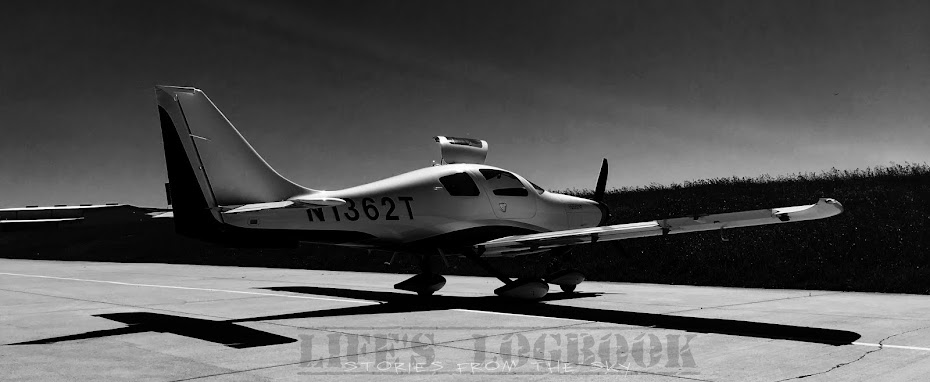For just about four months I have been alternating flying from the left and right seat of the Westwinds that our Part 91 flight department operates. Getting used to the nose wheel steering tiller took a little bit of time, but along with flying legs from this side of the airplane comes an emphasis in becoming a captain. It is similar to a child being raised to the age of 18. They know how to drive the car by now, but now they are released into the world and have to make decisions on when and where to drive. I've been privileged to fly and learn from a great group of men who have pushed me to begin thinking like the pilot in command, despite still acting as the second in command.
On a recent return flight from a busy international airport it would be my turn to operate the flight from the left seat and make decisions concerning the safety and outcome of each portion along the way. The majority of the decision making begins well before the engines are turning and today was no different. One notable portion that sparked this entry in Life's Logbook concerned the amount of runway required for our departure. With 6,500 pounds of fuel on board and two passengers we were just under a takeoff weight of 21,000 pounds. A look through the takeoff data chart showed a balanced field length of 4,700 ft taking into account the airport elevation and outside air temperature. Balanced field length is more simply explained as the worst case scenario amount of runway needed. Two runways were being used with different conditions for each. Runway 8, with 5,000 feet of takeoff distance available, was a short taxi from parking and we would be number one for departure with nearly no wait. Runway 9L, with 9,500 feet available, would be a long taxi where we would be number nineteen for departure. You read that correct, we would be in line behind eighteen other airplanes. You may find yourself asking, "Why not take the runway that is longer than the runway distance required and eliminate waiting in line?". During preflight discussion with the acting PIC, I mentioned we would likely be offered the shorter runway, but I would not consider it for one reason, MARGIN. The runway only provides a safety margin of 300 feet. At the speed we would be rolling down the runway this equates to just under two seconds of MARGIN we would have on our side. With four months of experience flying the airplane this wasn't a number I was comfortable with.
Into the line we went and our departure from this busy airport took place nearly forty-five minutes after starting the engines. With our company's outgoing CEO and incoming CEO both on board we were nearly an hour late departing. Two-and-a-half hours later we touched down safely with another great flight behind us. Looking back I am tempted to tell myself, "You could have departed from that runway and everything would have been just as well" and I would very likely be correct in that assumption. In becoming a captain I am beginning to realize the wisest route to take is one without unanswered questions. Were we safe departing from the longer runway? Absolutely. Would we have been safe departing the shorter runway if something abnormal were to occur during takeoff? Maybe so or maybe not.

